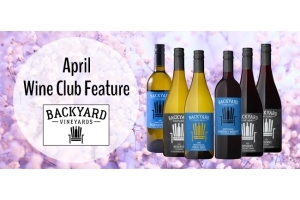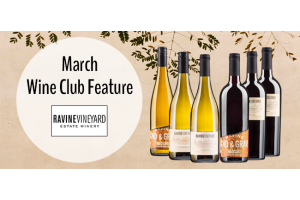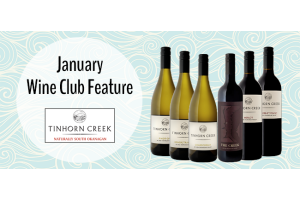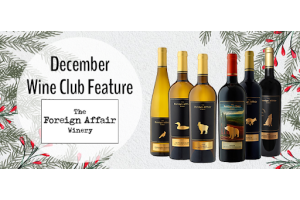Spotlight on Chardonnay

Of all of the vitis vinifera grapes — you know, the “noble” grapes most commonly used to make wines in the world — Chardonnay is arguably the easiest grape to pick on. More than any other grape, Chardonnay has been over-handled and over-made by winemakers, especially by those who were making wine in the New World in the 1990s. Overripe fruit and excessive malolactic fermentation aside, Chardonnay came to be defined by the barrel in which it was aged (and for how long) rather than interpretations of the grape’s true expressions.
For a while, extensive oak treatment and loads of malolactic fermentation were the norm with Chard, turning many examples into vanilla and butterscotch-laden cream bombs. The grape’s core flavours of crisp red apple, peach, tropical fruit and citrus notes became obscured by too much time in new oak barrels.
Thankfully, most producers today have backed off on overloading Chardonnay with new oak, and the wood now occupies a spot behind fresh fruit and bright acidity. Producers today (especially Canadian winemakers) recognize the potential Chardonnay imparts when made in a restrained, balanced style — both with and without oak aging.
Naramata’s JoieFarm for example, makes two Chardonnays regularly: the En Famille Reserve Chardonnay, which sees modest time in oak barrels, and the Un-Oaked Chardonnay, which is a pure expression of the fruit. The former demonstrates an ideal balance between fruit and oak (15 per cent of the juice hits new French oak, while the rest ages in one-year-old or neutral French barrels), while the latter brings tank-sample freshness that’s come to be a JoieFarm trademark.
Meyer Family Vineyards is another example of a B.C. winery making Chardonnay the right way — with careful balance and restraint. Focusing on Burgundian varieties (Pinot Noir and Chardonnay), the winery emphasizes fruit first rather than excessive barrel-aging and/or creaminess. Chardonnays from Meyer Family Vineyards vary based on place — be it the overarching, entry-level Okanagan Valley Chardonnay, the McLean Creek Vineyard bottling, or the Tribute Series Chardonnay.
Of course, Ontario has its champions of crisp, cool-climate Chardonnay. 13th Street Winery, for example, ensures there’s a dash of lively acidity in its 2012 June’s Vineyard Chardonnay, which originates in the Creek Shores sub-appellation. The 2011 Sandstone Vineyard Chardonnay, meanwhile, sees more time in barrels but, like JoieFarm’s En Famille, only a small portion (20 per cent in this case) goes into new oak, and in both cases they’re French rather than American barrels.
Anyone who has been in the habit of avoiding Chardonnay because of the abundance of big oak would be well-served (and pleasantly surprised) by revisiting the grape — especially those examples made right in our backyard.
Ben MacPhee-Sigurdson paid his way through school hucking cases at wine shops. He's now the weekly wine columnist for the Winnipeg Free Press, and judges at wine competitions across the country. He Tweets & Instagrams @bensigurdson.





